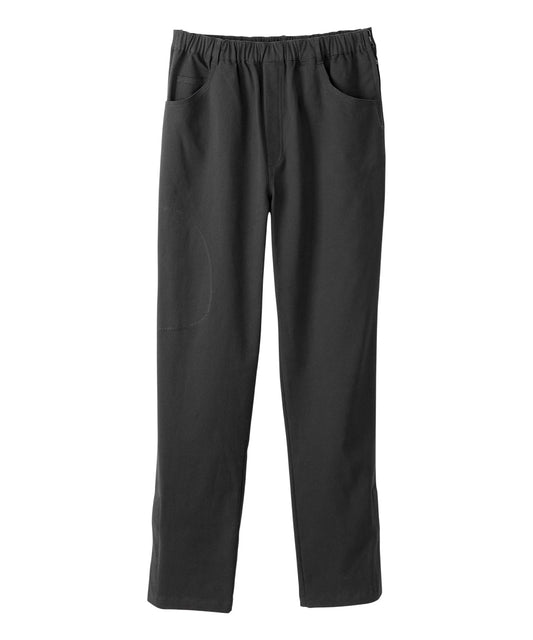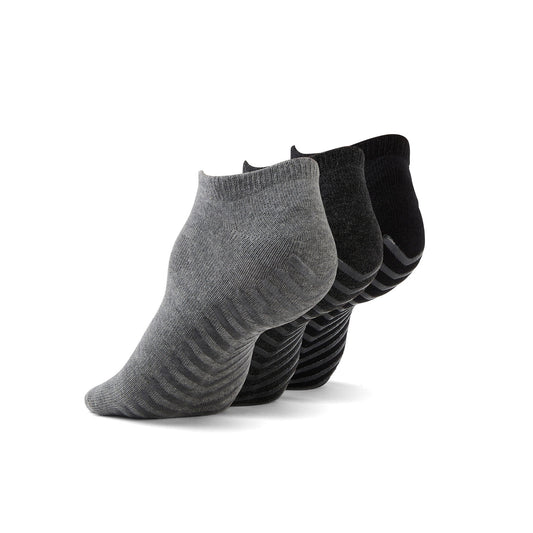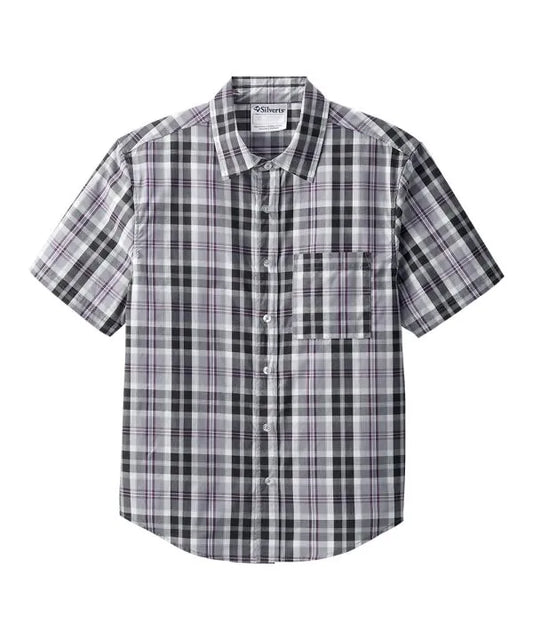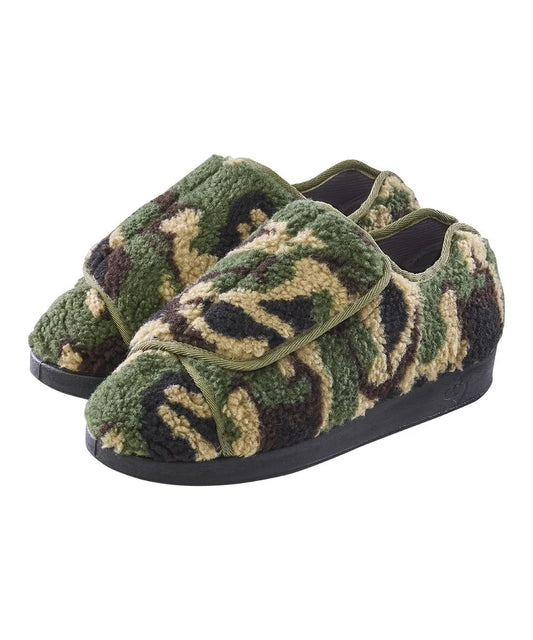Many of us have been wearing shoes and tying our laces ever since we were children. However, many of us take the skill of tying our shoes and using shoelaces for granted. For individuals with mobility limitations, arthritis, or other physical conditions, laces can be one of the most frustrating challenges when needing to wear shoes. However, no-tie shoes have surged to offer an alternative. Many boast about offering convenience, safety, and style without compromising on comfort or stability. Shoes empower people, and by being able to wear slip-resistant and adaptive footwear with easy closures, it empowers people to move confidently and independently, no matter their age or ability level.
This blog provides an in-depth analysis of the different types of no-tie options available and the process of choosing the right pair for you or someone you care for.
Types of No-Tie Closure Systems
Modern adaptive footwear offers a range of alternatives to traditional laces, each designed to make dressing easier while maintaining a snug and safe fit. Understanding the different types of closure systems is the first step to finding the right pair.
1. Elastic Laces
These stretchable laces turn any lace-up shoe into a slip-on. Many elastic lace installations require less than 10 minutes. Once they are set up, you do not need to tie them again, as they will stretch and contract as the foot moves. Nowadays, many elastic laces provide a locking system feature that holds the laces in place for added support.
2. Velcro Straps
Velcro straps have been used for decades. Many of us have used Velcro straps at one point as a child before learning to tie shoelaces. Velcro shoes tend to provide a secure, adjustable fit without the hassle of tying knots. For example, June Adaptive offers two strap sandals for ease of comfort and are tailored for those with hammer toes, bunions, or other foot problems.
3. Zipper Closures
Zipper closures have been popular since the 1900s. They were patented in 1917 by Gideon Sundback and now have been expanded to be used for clothing since the 1930s. Some adaptive shoes have side or front zippers that allow the foot to slide in without bending down or fighting with laces. June Adaptive additionally offers shoes with zip enclosures for kids, women, and even men!
How to Convert Existing Shoes
So far, you may assume you need to buy new shoes to take advantage of the various types of no-tie technology that are offered. However, there are multiple products that can convert your existing pair of shoes or sneakers to easy walking shoes with easy-on and easy-off options that are available. Many products on the market can convert your favourite sneakers or walking shoes into easy-on, easy-off options. We provide a breakdown of some of the popular ways to convert your shoes:
1. Replace Laces with Elastic Options
As mentioned earlier, elastic shoelaces are one of the easiest and most affordable conversion options. Their main purpose is for the laces to stretch automatically when a foot slides in. Then, they automatically contract to provide a snug, secure fit.
How to Use:
-
Remove the original laces.
-
Thread elastic laces through the eyelets (some brands skip traditional crisscross patterns and thread horizontally for tension balance).
-
Adjust the tightness using the locking mechanism or anchors.
-
Trim any excess if needed.
June Adaptive suggests that people with arthritis, hand tremors, or balance issues who can’t bend down easily or manipulate knots try elastic options for better convenience.
2. Use Velcro Conversion Kits
Velcro straps are one of the simplest fastening solutions. Despite what you may think, you can retrofit your current shoes with Velcro kits that are designed to replace laces even if your current shoes don’t come with Velcro.
If you are looking for a Velcro kit, we would recommend looking for the following inclusions:
-
Adhesive Velcro tabs to secure the strap ends.
-
A backing strip that adheres to or replaces the tongue of the shoe.
-
Instructions for loop and hook alignment.
3. Add a Zipper Insert
Zippers also offer a clean, discreet way to turn a shoe into an easy slip-on. While they aren’t common for DIY installation, some companies offer different zipper conversion kits. These zipper conversion kits are mainly popular for boots or high-top sneakers. Juen Adaptive recommends that zipper inserts are ideal for those who wear AFOs (ankle-foot orthotics) or use wheelchairs. We’d also recommend some shoe repair shops or orthotic specialists that specialize in modifying footwear professionally to include zippers for medical needs.
Best Options for Different Needs
With the various options mentioned, adaptive footwear can be seen as not a one-size-fits-all approach. For different individuals, they will benefit from different types of no-tie shoes depending on their condition, lifestyle, and environment.
We have categorized the following groups and the best alternative:
For Seniors with Arthritis:
We would recommend looking into Velcro closures or magnetic fasteners as well as wide openings for easy foot entry. We’d also recommend looking for cushioned footbeds as well as orthopedic support.
For Wheelchair Users:
We would recommend looking for shoes that are easy to put on in a seated position that prioritize comfort and pressure relief while ensuring the shoe’s soles aren’t bulky or get caught on footrests or flooring. With this in mind, it’s best to make sure your outsoles are flat and that there are side or rear zippers for your shoes for easier access to slip-on as well as slip-off.
For Kids with Sensory Needs:
For kids with sensory processing disorders, motor challenges, or other challenges, we’d recommend looking into slip-on Velcro closures while ensuring that there are no pressure points and that the designs on the shoes are fun and stylish to keep kids confident that their shoes are great and no different from others.
For Individuals with Balance Risk:
For those who are prone to the risk of falls or struggle with balance due to reasons such as recovering from a stroke or living with Parkisons, it is important to find shoes that grip the ground and stabilize the foot with every step. We’d recommend looking for slip-resistant rubber outer soles as well as deep heel cups and sturdy midsoles for a more secure fit.
Overall, it’s also worth considering your environment. For those in urban settings versus rural settings, the needs can be different. For example, urban walkers may need reinforced soles to handle pavement, while those in rural areas might prefer shoes with deeper tread. If you need indoor shoes, indoor users benefit from lightweight, quiet soles that don’t scuff floors. Matching your shoe’s features with your surroundings can make a big difference.
How to Ensure a Secure Fit
While wearing no-tie shoes can make getting dressed much easier, comfort and safety come down to one key element: the fit. A shoe that’s easy to slip on isn’t helpful if it slips off or causes discomfort during the day. When buying a brand-new pair or modifying your existing footwear, we’d recommend looking out for the following to guarantee both safety and comfort with every step.
1. Check for Heel Support
A loose heel is one of the most common issues in adaptive footwear, especially with slip-on styles or shoes converted with elastic laces. If your heel lifts with every step or slides side to side, it can lead to blisters, instability, or even falls. Ensure that there is a snug, padded heel cup that holds the foot in place and that there are no gaps between your heel and the back of the shoe.
2. Look for Adjustable Closures
With flexible shoes, it is important to ensure that if you deal with swelling or changing foot sizes that you can adjust the tightness without compromising the ease of use. We’d recommend looking into elastic no-tie laces or Velcro straps that have multiple length options.
3. Mind the Toe Box
Many forget that having room in the front part of your shoe where the toe rests is crucial. There should be enough room to wiggle your toes without pressure, that the toe box supports the natural curve of the foot, and no materials rub against the toes. This is important, especially for those who face hammertoes, bunions, swelling, or sensory sensitivities.
4. Test Slip Resistance
When testing your no-tie and adaptive shoes, ensure that there are slip-resistant soles to help prevent falls. Usually, there are certifications or notes that validate a shoe manufacturer’s claims. Additionally, make sure there are tread patterns that can channel water and improve traction while the rubber outsoles provide a good grip as well.
Final Thoughts
No-tie shoes are more than just a convenience. They provide individuals with disabilities a form of independence. By eliminating the barriers posed by traditional laces, these shoes empower people of all ages and abilities to dress with dignity, comfort, and ease.
Thanks to innovative designs and inclusive brands, you don’t have to choose between function and style. From elastic laces to zip-up sneakers, the right pair is out there to make every step a little easier.
To read more posts like this and receive updates, sign up below for the June Adaptive newsletter.















